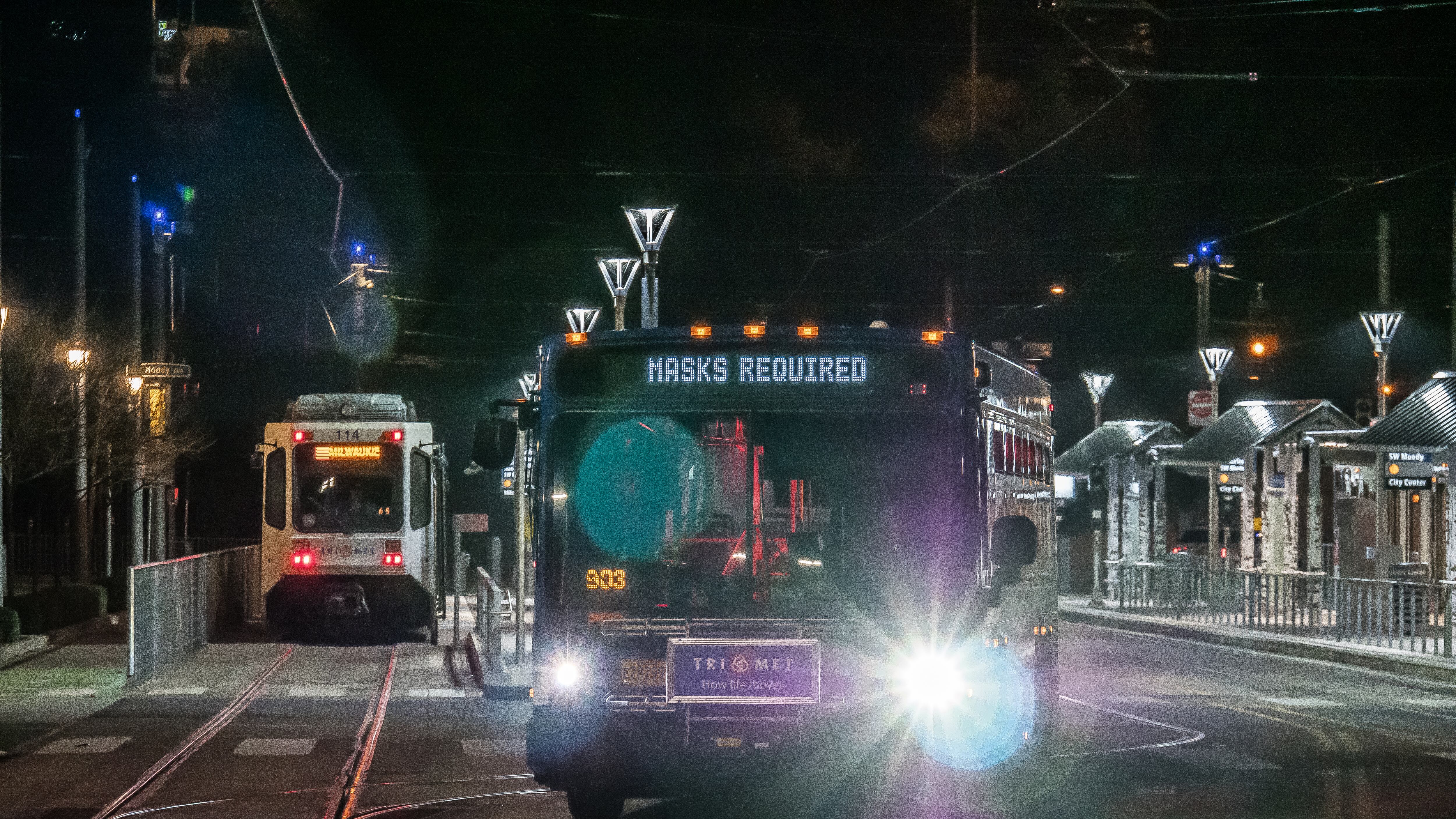The Portland Bureau of Transportation is trying to tackle a big threat to transit use in Portland: Bus speeds dropped 14% between 2000 and 2019.
That's part of the reason ridership has stagnated, even as the city's population and the costs of owning and operating a private vehicle have grown.
Last February, City Commissioner Chloe Eudaly, who oversees PBOT, pushed through a new policy package called the Rose Lane Project, aimed at speeding up buses in certain congested corridors. (The Rose Lanes are streets on which buses will have priority over other vehicles.)
PBOT has now rolled out a slick virtual presentation showing the 16 Rose Lanes already completed, the 18 that are in some stage of being done, and the 25 on PBOT's wish list as funding becomes available.
That map- and graphic-rich presentation can be found here.
The biggest change so far: PBOT number crunchers say improvements on TriMet's 6 line, which runs along Martin Luther King Jr. Boulevard, will save passengers six to 14 minutes a day, or or about 64 hours a year, if they commute on that line every work day at rush hour.
The Rose Lane Project is also supposed to improve commuting conditions for communities of color and low-income Portlanders who are penalized the most by slow buses. PBOT says the improvements to date have expanded the scope of workplaces and other locations riders can reach within 45 minutes by a little over 4%, with a slightly larger improvement for BIPOC and low-income riders.
Right now, however, the pandemic is keeping commuters at home. The most recent traffic data from the Oregon Department of Transportation shows that COVID-19 has depressed traffic volume significantly on Portland-area roads, ranging from 6% on I-84 to 15% on I-5 to a high of 20% on I-405.

